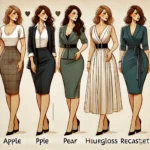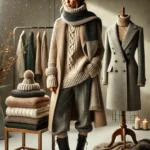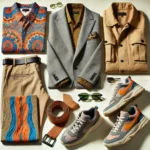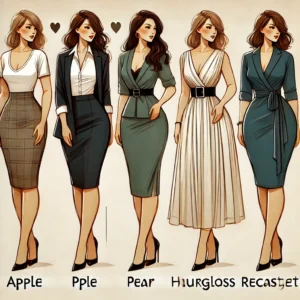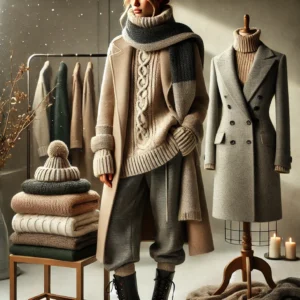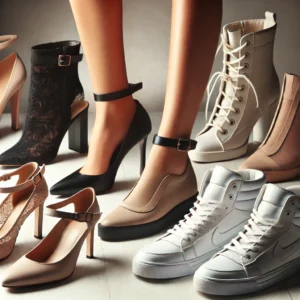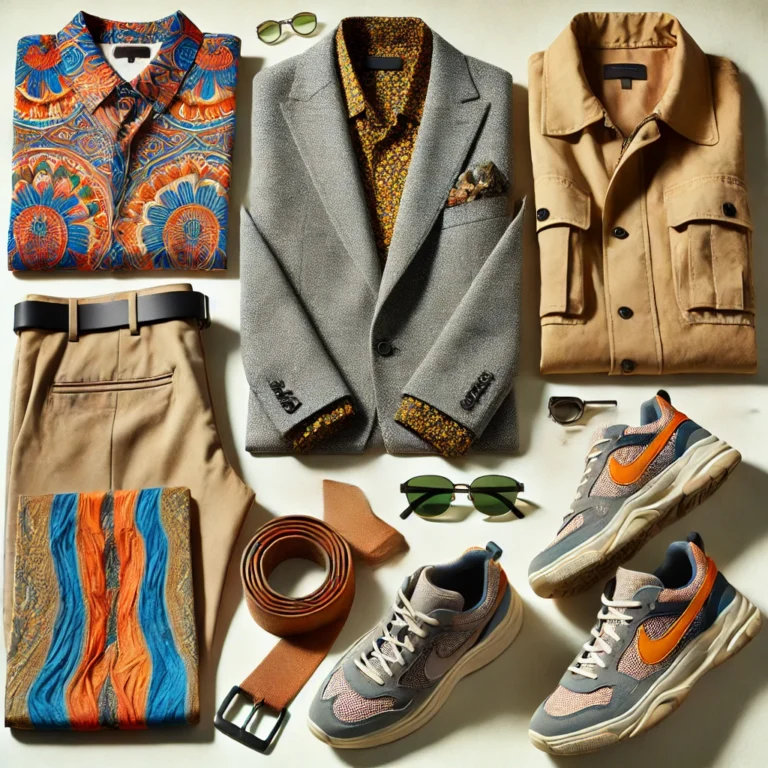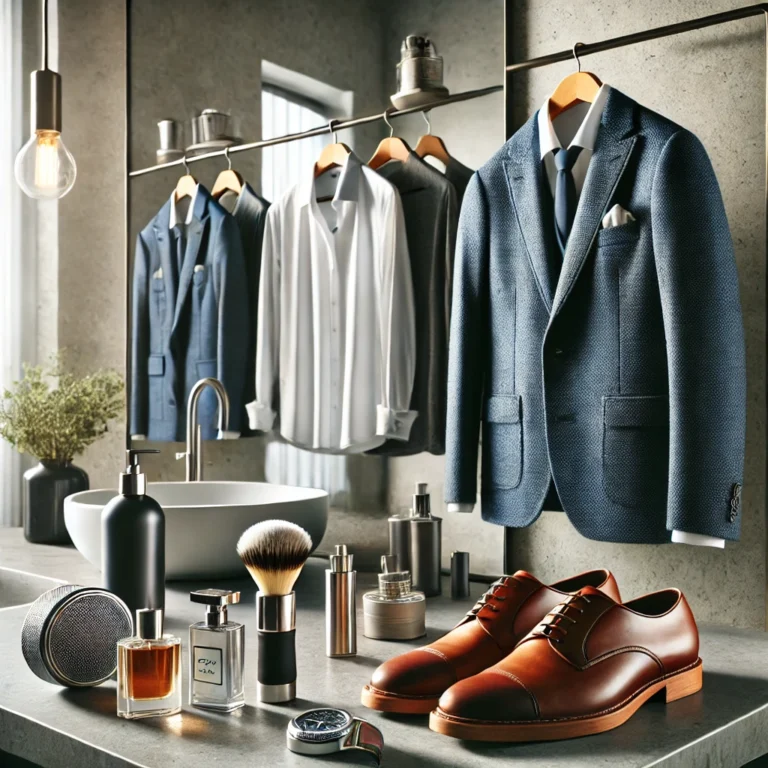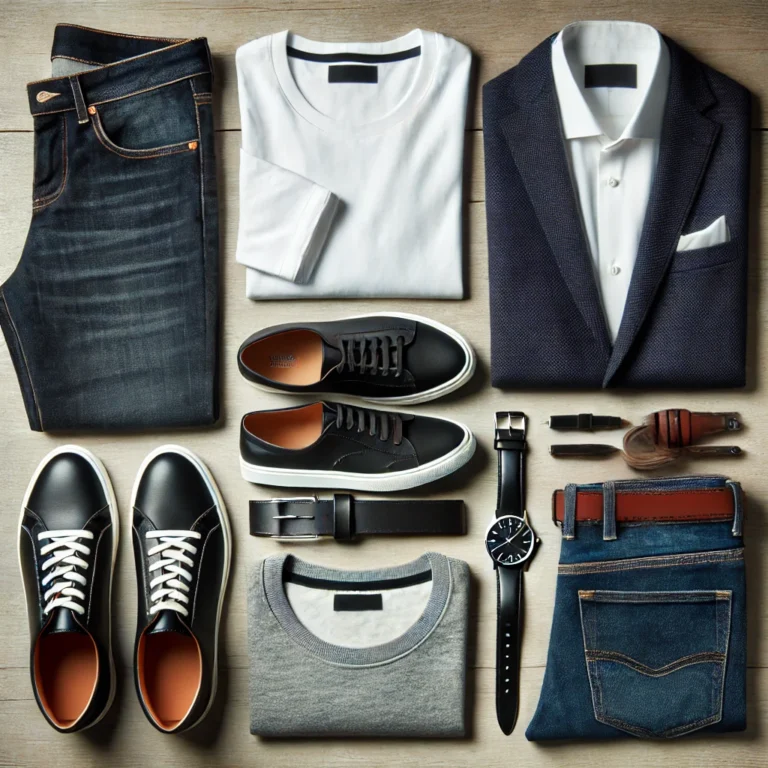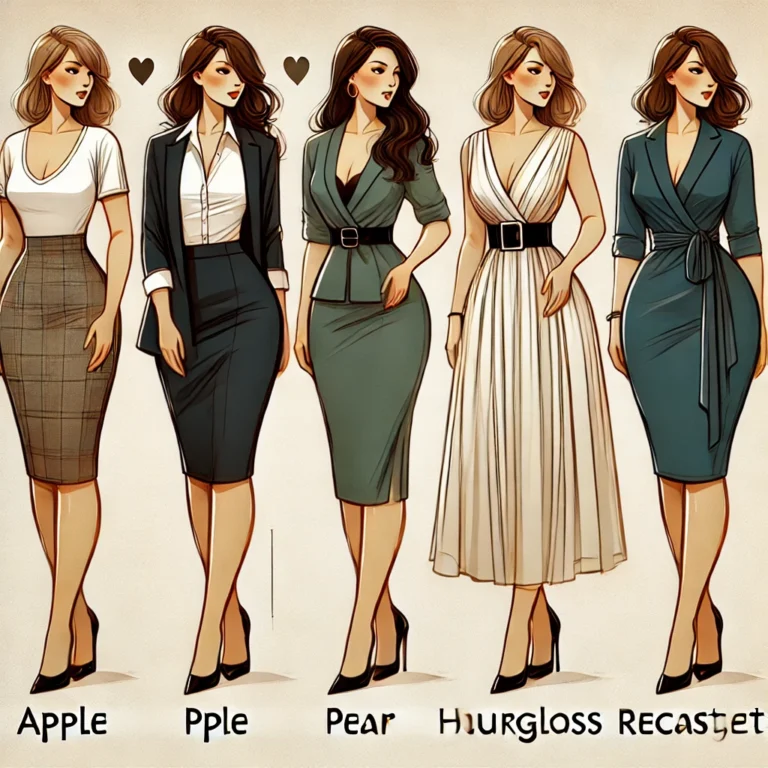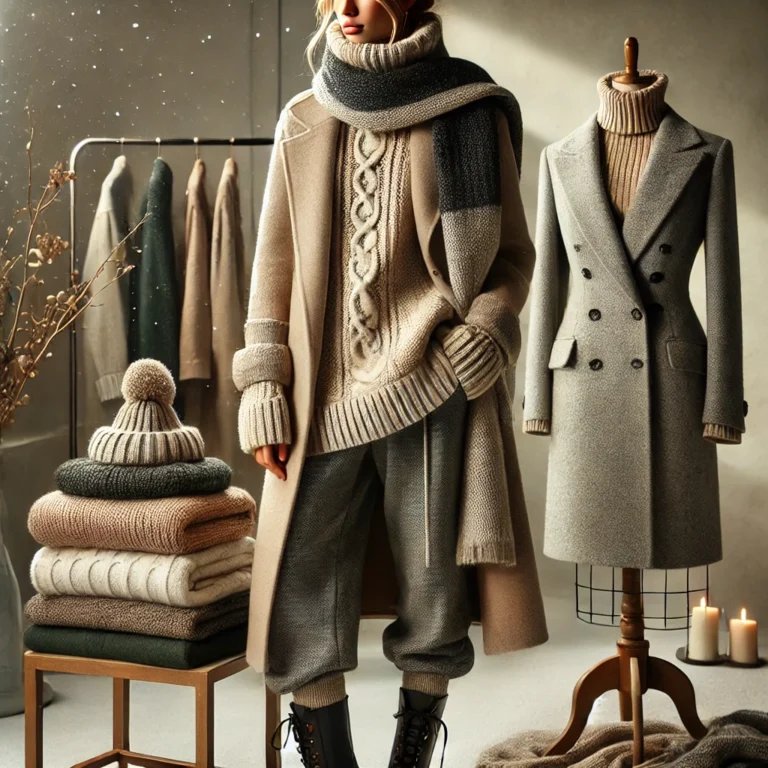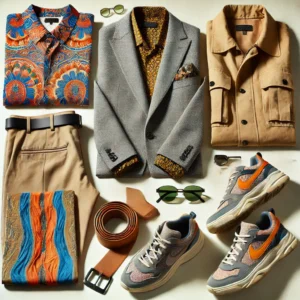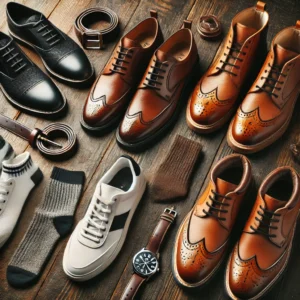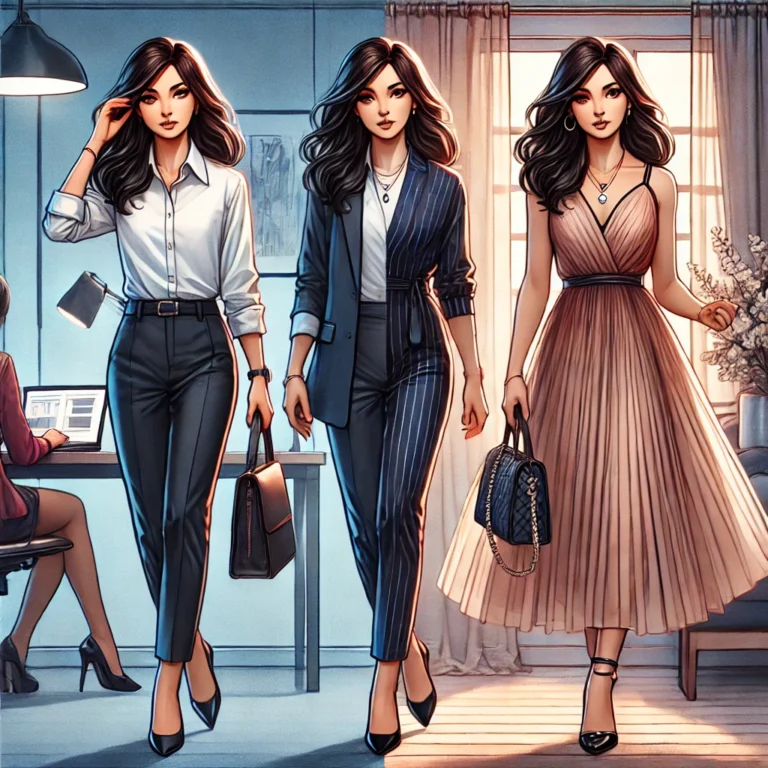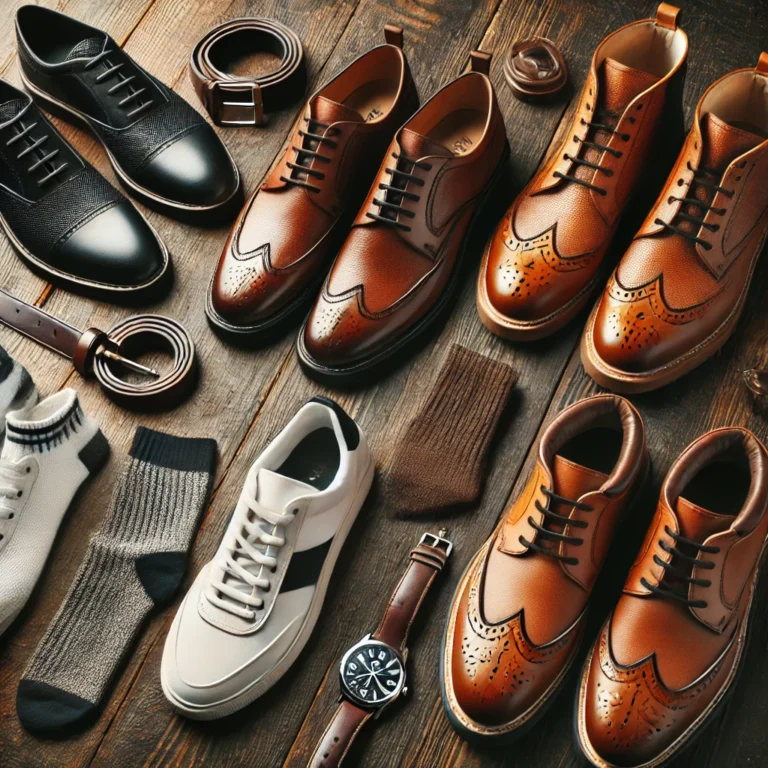The philosophy behind layering: fusion of form and function
Layering is not only piling clothes on to keep out the winter chill but a thoughtful approach toward marrying functionality with aesthetics. It’s an exercise in retaining warmth while creating depth visually. If done right, layering can convert a practical necessity into an art form; it’s a chance to flex one’s creativity and adapt to fluctuating temperatures. The idea of layering is balance, pairing pieces that complement each other without adding too much bulk. With the right strategy, your winter wardrobe can be both cozy and impeccably stylish.
Building the Base: Essential First Layers for Warmth
The base layer lays the foundation of effective layering. This is the layer touching your skin. Therefore, this layer needs comfort and moisture-wicking properties the most. Merino wool and technical fabrics provide excellent thermal tops, long-sleeve t-shirts, or even lightweight turtlenecks. These hold heat in and are not wet for long.
Neutral tones are good for base layers because they complement other pieces without drawing attention. This layer mostly stays hidden, but it serves as a great foundation for your entire outfit. A good choice of base layer will keep you warm without sacrificing any mobility or comfort.
Mid-layers: The Art of Insulation and Style
The middle layers are where functionality meets flair. This layer provides insulation, trapping heat while adding a bit of personality to your outfit. Sweaters, cardigans, or fleece jackets work nicely here, with cashmere, wool, and down offering superior warmth.
Chunky knit sweaters or half-zip pullovers to present a cozy yet polished look, while quilted vests will present a sleeker appearance for those who want it. And of course, mid-layers allow one to have fun with patterns and textures, say, cable-knit designs, or subtle plaid prints. This layer is so versatile it pairs practicality with style, hence the most versatile portion of the winter wardrobe.
Outer Layers: The Statement Piece of Winter Fashion
Your armor against the elements, it often forms the outer layer that shows off most visually in your overall ensemble: be it tailored overcoats, rugged parkas, or perhaps a well-styled tweed, this defines the winter look and feel. For materials, look for wool, tweed, or other water-resistant materials which provide both warmth and protection.
Elegant and formal gatherings require that one have a classy camel or navy overcoat, but on casual days, a puffer or a shearling-lined coat will do the trick in giving you a fashion-forward yet practical layer. The outer coat should be spacious enough to fit everything you put underneath; however, it should still be fitted enough to keep you looking great. Use this outer layer as an opportunity to take on brighter colors and unique cuts that can make you stand out.
Accessorizing Layers: Small Additions, Big Impact
Accessories are the unsung heroes of winter layering, adding both practicality and flair. Scarves, gloves, and hats not only provide extra warmth but also allow for subtle personalization. A wool scarf in a complementary color or a pair of leather gloves with cashmere lining can elevate your outfit effortlessly.
Don’t forget functional accessories like thermal socks or earmuffs, which ensure no detail is overlooked. A well-chosen beanie or fedora can tie your look together, while a belt over your coat adds definition to your silhouette. Accessories are the finishing touches that bring cohesion and character to your layered ensemble.
Mastering Proportions and Textures: A Guide to Cohesive Layering
Layering isn’t about putting on more clothes; it’s about creating harmony. Proportions and textures are crucial for achieving balance. Combine slim-fitting base layers with chunkier mid-layers and streamlined outerwear to keep the balance going.
Try contrasting textures: for instance, a sleek leather jacket may go well with a chunky knit sweater and a wool coat with a quilted vest. Don’t over-accessorize or overcrowd your body; instead, stay at three to four layers while making sure everything fits and aligns in both fit and color. So, with mastered proportions and texture, you could be sure you are putting out an intentional-looking, well-structured outfit.
Layering for Different Occasions: From Casual to Formal
Layering is seamlessly adaptable to any atmosphere, from casual weekends to formal evenings. For an easy-going look, layer a flannel shirt under a lightweight down vest and under a parka. Add in jeans and sturdy boots for the rest of the look. For more formal occasions, begin with a fitted turtleneck, add a wool blazer, and finish with a fitted overcoat.
Formal layering often calls for sleek silhouettes and neutral tones, while casual layering allows for experimentation with colors and patterns. Tailor your approach to the occasion, and you’ll always strike the right balance between comfort and style.
Layering is one of the essential skills that helps to make the winter months look fashionable and functional. If you know what each layer is for, then focus on balance, texture, and occasion-appropriate choices, you will make your winter wardrobe a masterpiece of sartorial elegance.

